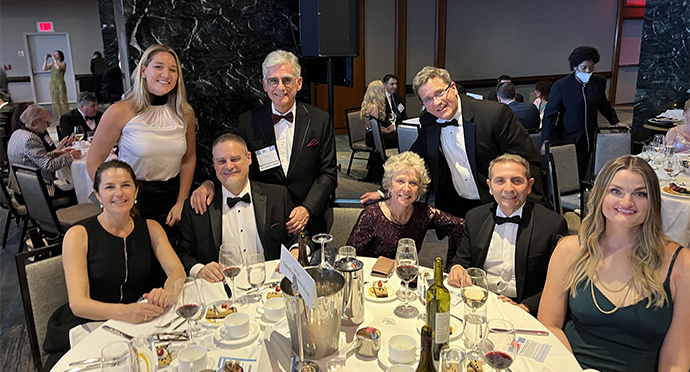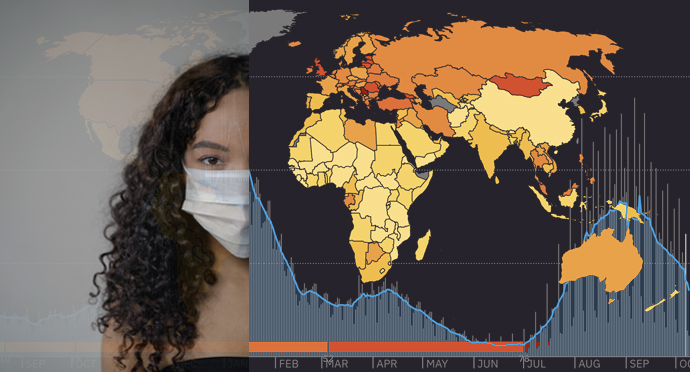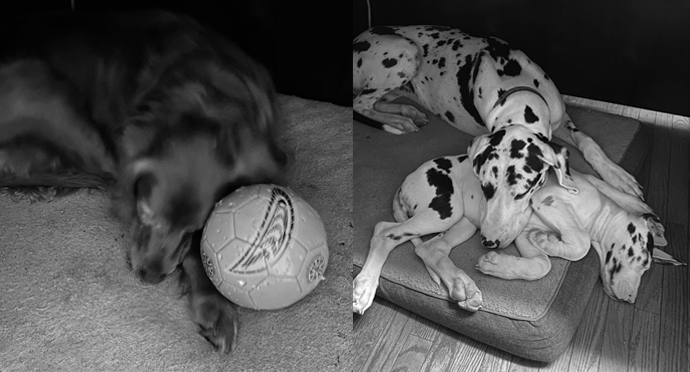Our team at the DCAT dinner. Thank you all for your time and presence! Best table ever!
“Oh, how sweet it is!”
I loved to watch reruns of The Honeymooners. The old-style humor always struck a chord with me. Because of that, Jackie Gleason has always been a fixture that pops to mind when I think of New York City. It’s not just because there is a statue of Ralph Kramden at Manhattan’s Port Authority Bus Terminal, but because that character portrayed the spirit of New York. A spirit duplicated no where else in the world.
Last week, the pharmaceutical industry descended on mid-town Manhattan for the Drug, Chemical, & Associated Technologies Meeting. The event started in 1926 as the premier event for all members of the pharmaceutical industry to come together from around the world. There are individual company meetings, presentations, education events, and the capstone 94th Annual DCAT black-tie dinner. In any given year, this get-together is a high point for all the associated pharmaceutical support companies to come together and gauge the future of the industry.
This year, it was a special event. For two years DCAT was cancelled due to COVID. And for those two years, I realized how much I missed the chance to see all of the people in our industry. There are faces and names I’ve come to know in my 32 years in this industry. DCAT was always the place to catch up personally and professionally. Two years was a long time away.
It was a little awkward at first. LaGuardia is completely renovated. It looks like a shopping mall. We didn’t know whether to bump elbows, shake hands or hug at meetings. I was more inclined to hug. Staff at the Kimberly Hotel, where we have stayed every year for almost 30 years, got hugs because it was like seeing family.
To all of you that attended, it was good to see you again, even if just passing on the street or in a hotel lobby. To new friends and associates, it was good to meet you and I hope to see you again in the future at more DCAT meetings. And to old friends, thank you for coming to NYC so that I could lay eyes and hugs on you, again.
I don’t know how much business I accomplished, but it felt good to be back. Having missed it these last two years, I realize it is an experience that can’t be measured in profit or loss.
I wish you all the best of luck in the coming year! We’ll see you next year, “under the clock”. How sweet it is!




